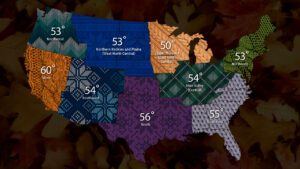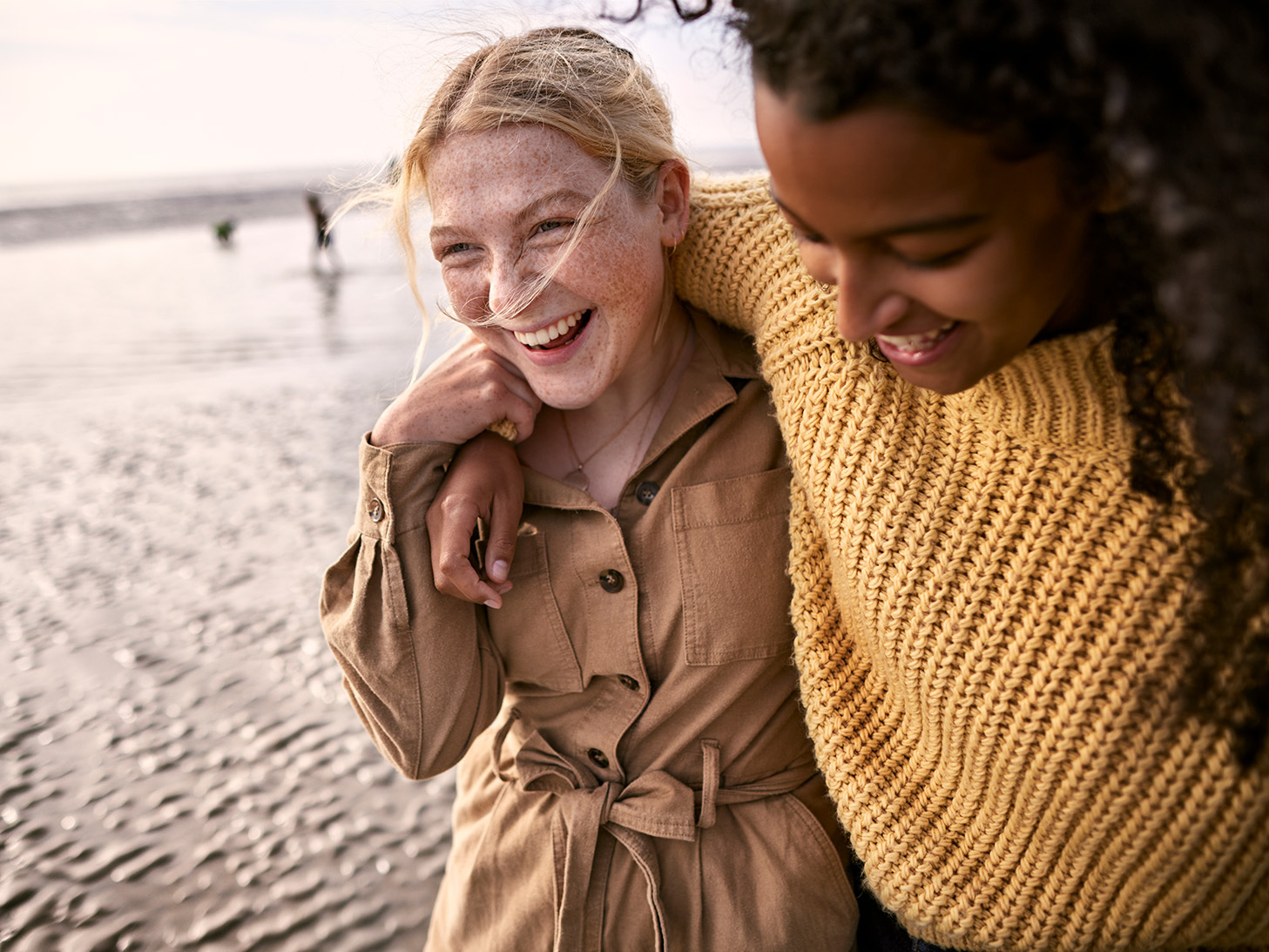Weather intelligence for the future: Crafting a strategic enterprise approach to changing environmental conditions
Continue readingLook no further than the 8 million #sweaterweather posts on Instagram or the staggering 239.6 million posts on TikTok. “Sweater weather” is more than just a seasonal change; it’s a cultural phenomenon that rivals the PSL for fall fame.
Social proof, combined with recent survey data, suggests that most industries offering seasonal products could benefit by timing their campaigns based on actual weather rather than a calendar date. When asked what prompts them to make fall-related changes, consumers overwhelmingly cited weather — 65% mentioned how it feels, and 64% noted the actual forecast1. This means that understanding subtle weather shifts presents a major opportunity to tap into seasonal consumer habits.
In other words, to truly connect with your audience, you need to know precisely when they’ll be pulling out their sweaters — or even buying new seasonal products.
The relativity of weather
Pinpointing when sweater weather starts in specific markets requires more than just knowing when temperatures will dip below a certain point. Weather is a relative experience. What consumers qualify as sweater weather can span a 10 degree difference depending on where they live. For example, when it’s 45°F in Minneapolis, people are out in shorts, enjoying the brisk air. But when it’s 45°F in Georgia, people are bundled up on the couch, texting friends to make sure they’re staying warm.
We asked consumers what temperature makes them reach for their sweaters. The results? They provide a guide to when people across U.S. regions will start feeling like it’s fall.

Median temps at which The Weather Channel users say fall weather becomes cool enough to put on a sweater are highest in the West at 60 degrees and lowest in the Upper Midwest at 50 degrees.
Here’s the thing about fall weather: More than any other season, people anticipate sweater weather, and when it arrives, they’re ready to make changes.
But there’s one statistic that underscores why marketers should engage with consumers at the first hint of sweater weather: 66% of people say fall weather makes them want to try something new. For Gen Z, that number jumps to 79%1.
The power of relativity
Brands across industries should take note: If the majority of consumers base their fall-related behavior on the feeling of autumn, knowing exactly when those feelings will arise is crucial.
Is it nuanced? Absolutely. But it’s not complicated if you have the right tools. With Weather Targeting, we’ve combined the world’s most accurate weather data2 with third-party data sources and industry-leading AI technology. This allows you to understand how precise, hyperlocal conditions impact consumer mindsets and behaviors, enabling you to automate messaging at the exact moment sweater weather arrives.
So, as the season shifts and the air gets crisp, remember: Sweater Weather isn’t just a time to stay warm — it’s a moment to connect with your audience in a way that resonates deeply. And with the right strategy, your brand can be as eagerly anticipated as that first Pumpkin Spice Latte of the season.
Let’s talk
What’s your weather strategy? To learn more about harnessing the power of weather to increase engagement and drive growth, contact our advertising experts today.
Contact us1 The Weather Company Fall 2022 Behavior Survey, July 2022
2 ForecastWatch, Global and Regional Weather Forecast Accuracy Overview 2017-2020, https://www.forecastwatch.com/AccuracyOverview2017-2020, commissioned by IBM. The Weather Company is the world’s most accurate forecaster, according to a 2017-2020 study, which is the most recent, most comprehensive study available from ForecastWatch.




